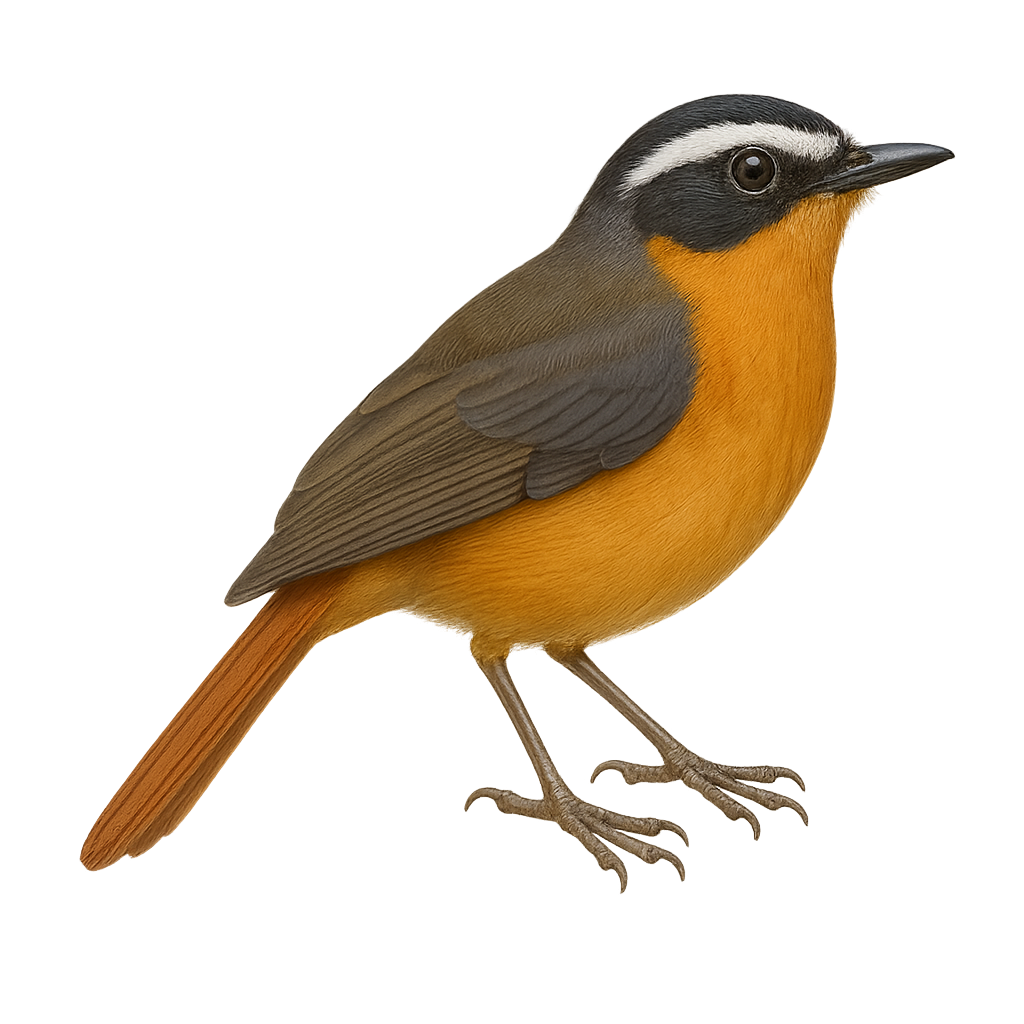Your wildlife photography guide.
Explore the grey-winged robin-chat in detail, study its behavior, prepare your shots.
Where to observe and photograph the grey-winged robin-chat in the wild
Learn where and when to spot the grey-winged robin-chat in the wild, how to identify the species based on distinctive features, and what natural environments it inhabits. The WildlifePhotographer app offers tailored photography tips that reflect the grey-winged robin-chat’s behavior, helping you capture better wildlife images. Explore the full species profile for key information including description, habitat, active periods, and approach techniques.
Grey-winged Robin-chat
Scientific name: Sheppardia polioptera

IUCN Status: Least Concern
Family: MUSCICAPIDAE
Group: Birds
Sensitivity to human approach: Suspicious
Minimum approach distance: 5 m
Courtship display: October to November
Incubation: 13-15 jours
Hatchings: October to December
Habitat:
humid forests, dense undergrowth
Activity period :
Primarily active during the day, with peak activity in the morning and late afternoon.
Identification and description:
The Grey-winged Robin-chat, or Sheppardia polioptera, is a discreet and charming bird found mainly in the humid forests of Central and East Africa. This small passerine, about 15 cm long, is distinguished by its olive-brown plumage and characteristic grey wings. It is often seen in dense undergrowth, where it feeds on insects and small invertebrates. Its melodious and varied song is a delight for birdwatchers. Although its habitat is threatened by deforestation, the species is currently classified as of least concern by the IUCN. The Grey-winged Robin-chat is a shy bird, difficult to observe, but its presence is an indicator of the health of forest ecosystems.
Recommended lens:
400 mm – adjust based on distance, desired framing (portrait or habitat), and approach conditions.
Photography tips:
To photograph the Grey-winged Robin-chat, it is advisable to use a telephoto lens of at least 400mm to capture detailed images without disturbing the bird. Look for areas of dense undergrowth where the bird is likely to feed. Be patient and discreet, as this bird is suspicious. Use a tripod to stabilize your camera and adjust the ISO settings to compensate for the low light in the undergrowth. Take advantage of moments when the bird sings to locate its position.
The WildlifePhotographer App is coming soon!
Be the first to explore the best nature spots, track rutting seasons, log your observations, and observe more wildlife.
Already 1 430 wildlife lovers subscribed worldwide

